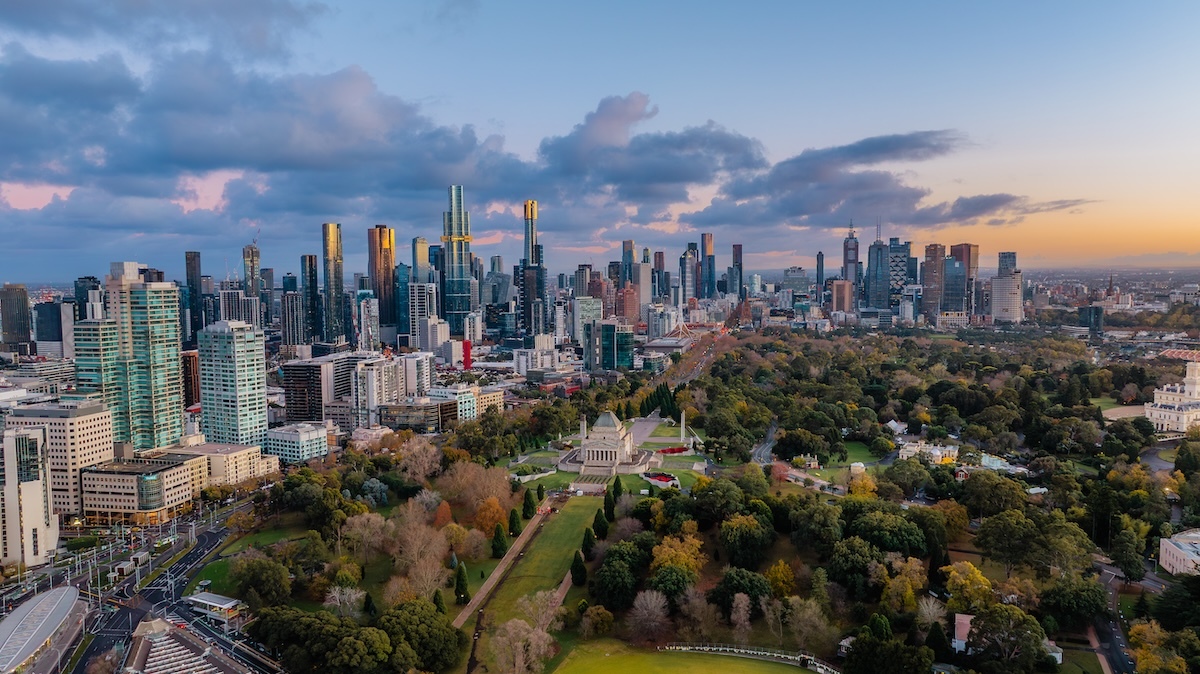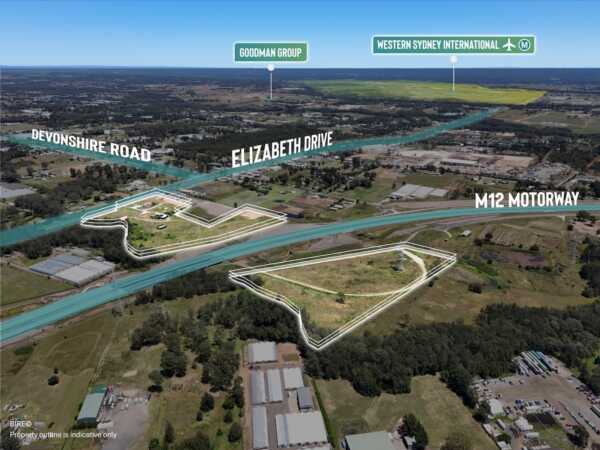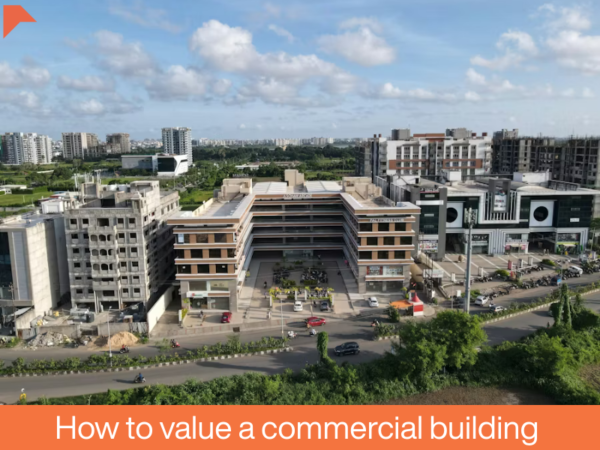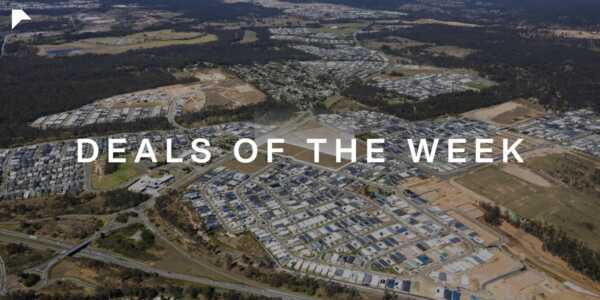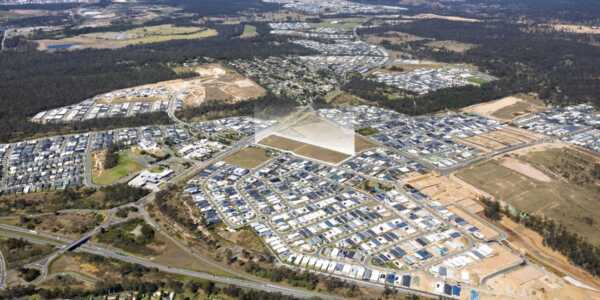Australia’s commercial property market is heading into the new financial year with confidence.
From Sydney’s supply-starved co-living sector to Melbourne’s greenfield revival, infrastructure-driven growth in Queensland, and steady returns in Adelaide, capital is flowing - albeit unevenly.
To make sense of the trends and spot opportunities, we spoke with leading industry experts across the country.
Capital Back on the Table
Investor appetite is returning, but the pace and focus differ state by state.
In NSW, Adam Bodon, Managing Director at Adam Charles, notes renewed interest in development-approved projects across middle- and inner-ring markets.
“Established groups with proven delivery capability seem to have access to a wide range of debt and equity partners,” he said. “We are also seeing lenders becoming far more competitive with their terms.”
In Victoria, a greenfield rebound is underway.
Tim Hyland, National Strategy Manager, Transactions & Advisory at RPM Group, points to a “sustained recovery” with lot sales hitting their highest level in three years. “When quality sites are offered to buyers, strong prices are being achieved – and this isn’t just limited to residential sites,” he said.
Momentum is also building in Queensland. “Compared to this time last year, we are seeing more capital coming back into the market, driven by growing confidence around interest rates and strong government investment in infrastructure,” said Adam Grbcic, Commercial Sales Specialist, Kollosche Commercial.
Meanwhile, in South Australia, activity is selective but steady, according to Oliver Totani, Managing Partner at RWC Adelaide.
“Whilst general enquiry has dropped off, we are seeing some increased activity from those groups with definitive project mandates, especially in the hotel and residential sectors,” Mr Totani said.
Alternative Lenders Step Up
With traditional bank lending still tight, non-bank lenders and private equity are filling the gap.
Mr Bodon said non-bank players are dominating the NSW market, particularly for mid-sized projects.
Queensland is seeing similar trends. According to Mr Grbcic, alternative lenders are especially active in deals ranging from $5 million to $50 million, where bank funding is harder to secure.
South Australia, by contrast, is seeing a swing back to the major banks. “The majors, it would seem, are very keen to claw back some of the market share lost over the last two years, and with monetary policy easing, this obviously helps the institutional banks rather than the alternatives,” said Mr Totani.
In Victoria, offshore investors are making their mark. “Groups like NTT and Hankyu Hanshin are funding large greenfield site sales in Victoria due to low returns at home, a long-term investment mindset, and Melbourne’s strong population growth fundamentals,” Mr Hyland said.
The Hot Asset Classes
Across the country, certain property types are setting the pace.
In New South Wales, development-approved co-living and apartment sites are on the rise, in what Mr Bodon describes as a “safe play” to capitalise on pent-up demand.
Victoria’s industrial and residential sectors remain strong, but data centres are emerging as serious contenders. “These groups are significantly outbidding traditional logistics developers for large-scale sites,” Mr Hyland said.
Queensland is in a retail resurgence. “Retail is the standout at the moment, especially neighbourhood shopping centres that include supermarkets, medical tenants, and food outlets,” Mr Grbcic said.
South Australia’s capital is spread broadly. “Be it childcare, fuel convenience, Quick Service Restaurant, A-grade metropolitan office, industrial and medium-density residential, there seems to be more capital than there is the availability of quality buying opportunities,” Mr Totani said.
High-Demand Hotspots
Location remains critical, with key precincts attracting capital in every state.
In NSW, Mr Bodon identifies three main markets: super-premium downsizer projects in the eastern suburbs and lower north shore, development-approved mid-market sites in Randwick and Marrickville, and co-living opportunities in Rockdale and Homebush.
Victoria’s approved greenfield sites are commanding premiums. “In regions like Clyde, where there is a limited supply of land remaining within the Urban Growth Boundary, record prices are being paid for sites on the prospect of significant revenue escalation over the life of the development,” Mr Hyland said.
Queensland investors are gravitating towards infrastructure corridors, according to Mr Grbcic. “Transport-linked precincts, such as those near the planned Sunshine Coast to Gold Coast rail upgrades and airport corridors, are attracting interest due to improved future connectivity and commuter access,” he said.
Meanwhile, Adelaide investors remain flexible and opportunistic. “The savvy and nimble tenant-driven developers will continue to deliver the right retail projects, and increasing defence spend will drive further user demand and therefore development in the industrial sector,” Mr Totani said.
Challenges on the horizon
Despite renewed appetite, feasibility hurdles remain.
In NSW, high construction costs are a major constraint. “Most groups are still factoring in hard construction costs in the vicinity of $500,000 per apartment as a starting point,” Mr Bodon said.
Victoria faces regulatory pressures. “The increased burden that these Management Plans are placing on developers is having a significant impact on project feasibility – both from a cost and time perspective,” Mr Hyland said.
Queensland developers are adapting with creative financing. “Tight credit and high costs are pushing more developers toward non-bank lenders, joint ventures, or capital partners,” Mr Grbcic said.
And South Australia is bracing for capacity issues. “South Australia is in the midst of an infrastructure boom funded by both State and Federal governments, and the reality is we do not have the labour to support this increasing demand, not to mention the private investment demand,” Mr Hyland said.
Where The Dollars Are Heading
Despite these headwinds, opportunities remain for disciplined projects that align with demand.
In NSW, Mr Bodon expects co-living to remain a standout. “A lot of these areas are starved of future supply, and rents in this space are surging,” he said.
Victoria will continue to draw offshore capital. “Interstate developers are also recognising the opportunity that Victoria presents,” Mr Hyland said.
In Queensland, essential service projects like healthcare, retail, or industrial space will get the most traction with lenders and investors. Conversely, higher-risk or speculative developments, especially those lacking pre-sales or lease commitments, face headwinds for funding.
In South Australia, vertical living is emerging as the growth play. “The biggest opportunity is vertical living in the inner suburbs of Adelaide,” Mr Totani said. “We can't deliver broad-acre residential lots because of infrastructure issues, so three to five-level apartments in the suburbs are likely to have a renaissance.”



